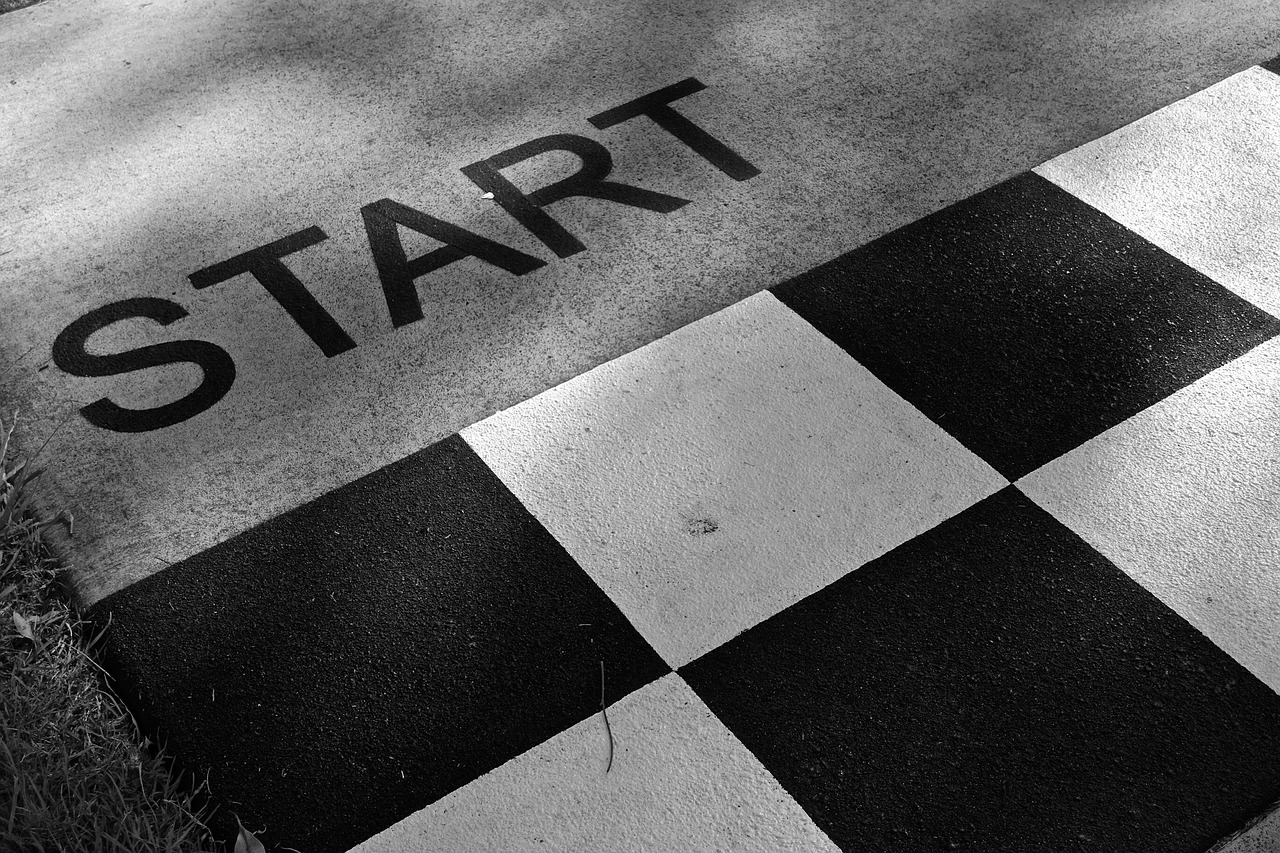
Last week, I wrote about what to do on the first day on the job as a radiology attending. For those of you about to begin radiology residency, I thought it would be unfair to leave you in the dust. So, today, we will talk about what to do on day one of the radiology residency. For this discussion, we will disregard all the formal introduction courses from the hospital. Mostly, that is a passive activity. Instead, I need you to know what you must do on your first day in the department. So, let’s start!
Get To Work Early
On that first day, I recommend arriving early. Get to know the parking, the bathrooms, and the building. You never know how long things will take until you arrive. And as a resident, impressions become exceedingly important. The last thing you want to do is to arrive late on that first fateful radiology residency day one!
Introductions And Thank You
OK. This one does not differ much from your attending’s first day. Your new colleagues and faculty want to make sure they made the right choice when they selected you. So, do this right. Make sure to thank all the folks who helped to get you into the program. This gratitude goes a long way to building solid relationships for the next four years!
Don’t Stand Out Too Much
When you begin your first rotation, be careful about what you say. You certainly don’t want your attendings tagging you as the class troublemaker. That can lead to undue negative attention later on. So, if you think you may say something that may upset your new employers, I would hold back until they get to know you later!
Ask About Special Programs (If Interested)
Some radiology programs have Early Specialization In Interventional Radiology (ESIR) slots. If you do not inform your program directors early on that you maintain interest in the program, the program may fill up, and the ESIR program may exclude you. So, ask to sign up, if interested, on that residency day one.
Ask About Expectations For The Rotation
Different from starting as an attending, most of you have no clue what you should begin to do on residency day one. On day one of our nuclear medicine program, the technologist showed the residents how myocardial perfusion scans work. But, in the following days, you would sit with an attending to learn the basics. You certainly would not want to miss either of those opportunities. On the other hand, if you start on fluoroscopy, perhaps you need to watch a few esophagrams on the first day. And then, a few days later, the attending may expect you to attempt one on your own. Without these clear expectations, perhaps not in the manual, you will start your rotation at a disadvantage. It is hard to meet expectations you don’t have!
Learn The PACS
Like a new attending, you must learn how to look at cases at your institution. Therefore, it behooves you to play around with the PACS system a bit. Also, make sure to ask for tips from your colleagues and attendings. Many times, if you don’t ask at the beginning, you will only learn much later after you have wasted many hours. Remember: these tips can save significant amounts of time and headaches!
Start Learning How To Dictate
Again and again, you will hear that learning to dictate has a steep learning curve. Therefore, there is no time like the present to learn. Begin with a few simple cases. But start now if you can. As a resident, this activity is one of the most active ways to learn radiology. It reinforces the buttonology of the PACS and the learning of the basics of radiology. In addition, it can help the attending out during the daytime. So, why not start on day one?
Let Your Attending Know The Plans
On that first day, you will often need to attend several activities that are integral to starting but maybe off-rotation. As a courtesy, let your attending for the day know when and what you need to do. This act of doing this establishes a rapport between you and your faculty!
Listen Carefully To The Program Director (Or Associate Program Director) Welcome
Most programs have an early morning or noon conference from the program director or associate program director. This conference is crucial! Most of the time, the program directors will give you their expectations and requirements. Usually, they will not repeat the tips and advice you will get from this session. So, take notes, and don’t miss a beat!
Borrow, Rent, Or Buy Books
By the end of the first day, you should know what you will need to complete your first rotation successfully. Most of the time, you will discover what to purchase, rent, or borrow books from your colleagues in digital or print form. So, make sure to get these necessary resources on day one!
Radiology Residency Day One- Final Thoughts
As with any first day of a new job, the first day of residency can become a nerve-racking experience. But don’t let it be. Instead, try to absorb all the unique experiences that you encounter. So, make sure to take in the new situation, the people, and your place of work. And most importantly, don’t be too hard on yourself. The staff and your colleagues have low expectations for the residents on your first fateful day. Later on, you will have many more days ahead of you to stress about giving that next tumor board or taking the core exam. For today, you can relax and enjoy!















